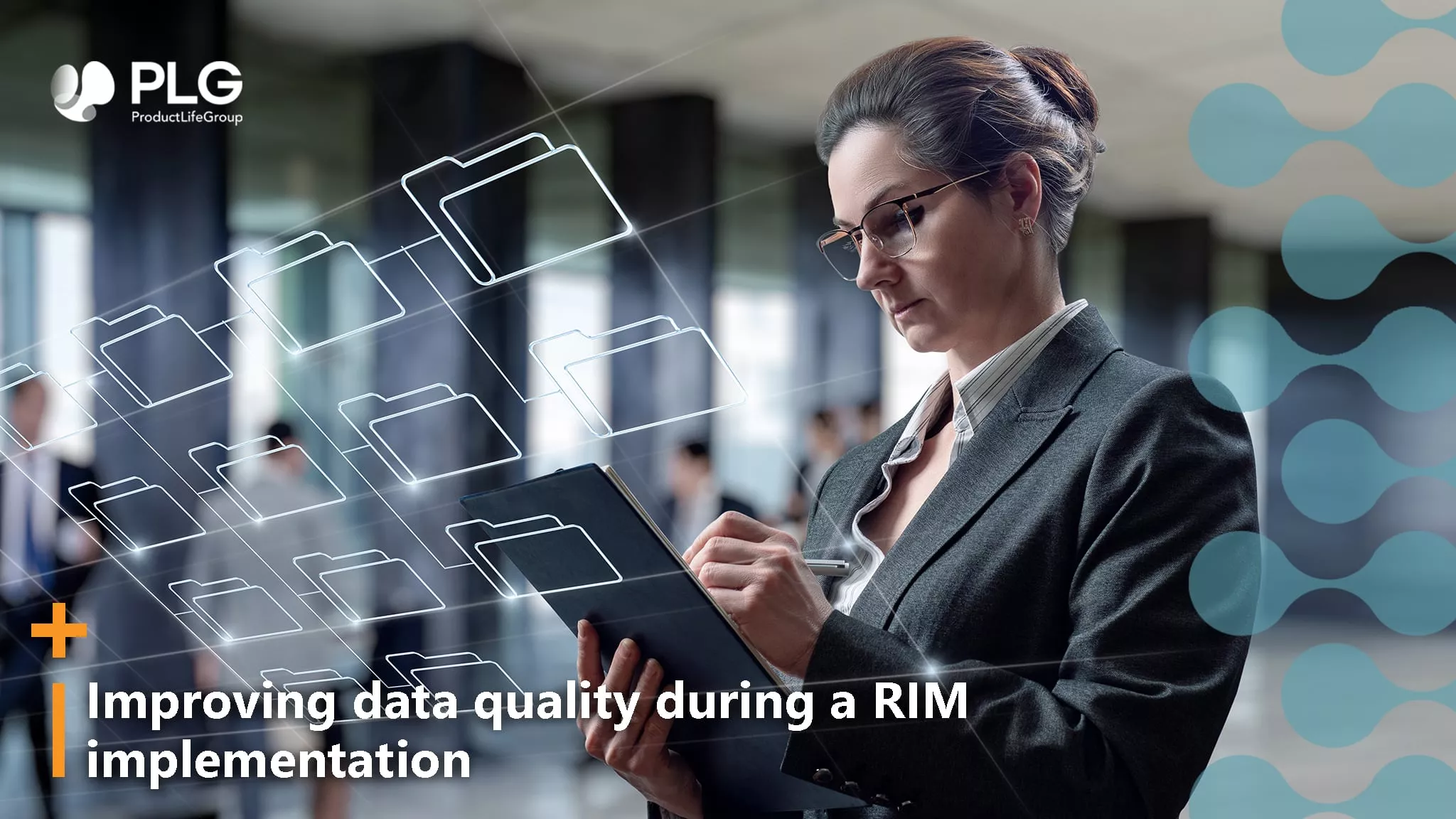
How to improve Data Quality during a RIM implementation?
09 january 2024

Improving data quality during a Regulatory Information Management (RIM) system migration is crucial for ensuring regulatory data’s accuracy, consistency, and reliability in the new system.
IDMP must be one of the drivers to improve data quality based on high-quality data regarding standards and data models. Other drivers to consider would be internal data essential for tracking medicinal products, such as internal codes, system references, or data needed for specific departments.
Implementing data governance before data migration
Before starting your data migration, implementing data governance will allow you to define who will be the owner of the data to migrate (Data Ownership). In addition to Roles and responsibilities, Master Data should be implemented; IDMP can help implement SOR Standards.
Data identification and quality assessment is the second step to data migration
It’s important to identify data sources, determine the scope of the migration, and organize the data identification per data domain (e.g., Packaging, substances).
Following this, data collection objectives are preparing datasheets and mapping data sources according to the reference (e.g., EU IDMP Guideline Chapter 2). To conclude this stage, the data collector must perform a data quality assessment to identify data quality issues and check duplicates.
The importance of data cleaning following the data collection
Once data is collected, it’s important to implement data cleaning for high data quality in the new system. It is pertinent to use data standards to have homogeneity in the data collection. The next step is to transform the data according to these standards.
Improving the data quality is the last step before the migration
Before performing data migration, which is the last step to improve the data quality during an RIM implementation, we need to validate the data mapping and perform the data enrichment.
Be careful, and don’t limit your actions until the data migration. The post-implementation follow-up is crucial, implementing data entry controls, monitoring to check inconsistencies, and reporting it in dashboards for end-users readability. Conducting audits periodically is necessary to verify processes, consistencies, and good data entry practices.
PLG experts are available to support your RIM implementation with quality data
ProductLife Group managed many RIMS, IDMP, and regulatory projects for years. Moreover, ProductLife Group has a team combining multiple expertise addressing all stakes of a pharmaceutical company concerning IT and business sides, data governance, data centricity, process, program management, and change management to meet the objectives of IDMP Data Governance compliance.
Register to our news and events
Go to our Events to register
Go to our News to get insights
